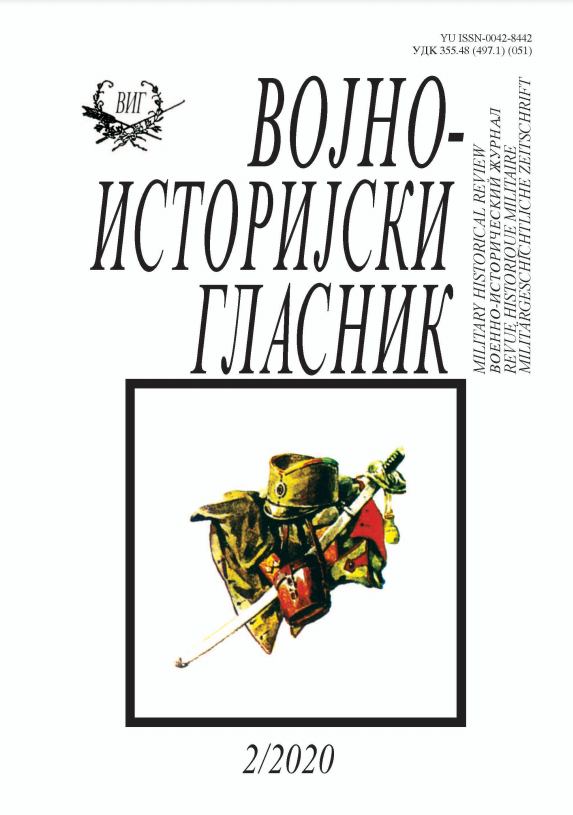ЗАРАЗНЕ БОЛЕСТИ У ОКУПИРАНОЈ СРБИЈИ 1941–1944.
INFECTIOUS DISEASES IN OCCUPIED SERBIA 1941-1944.
Author(s): Nataša MilićevićSubject(s): History, Economic history, Social history, Special Historiographies:, WW II and following years (1940 - 1949), Fascism, Nazism and WW II
Published by: Institut za strategijska istraživanja
Keywords: Serbia; occupation; World War II; infectious diseases; health; epidemiological situation
Summary/Abstract: The onset and spread of infectious diseases in occupied Serbia in World War II, as in every war, was a consequence of deteriorating social, economic, and hygienic conditions. The war brought destruction and devastation, shortages of basic consumer goods (food, clothing, medicines, hygiene products ...), mass movements of people (refugees, military units...), but also a worsening of the country's poor pre-war hygiene conditions, triggering a sudden multiplication of factors capable of causing serious epidemics of certain infectious diseases, primarily those characteristic of wartime, such as exanthematic typhus, typhoid fever, paratyphoid, diphtheria, dysentery, hepatitis, and others. During the war and the occupation, most infectious diseases, mainly intestinal (typhus and paratyphoid, dysentery, diphtheria), appeared in the form of minor epidemics and affected various parts of the occupied territory. Their appearance was a direct result of poor hygiene, poverty, lack of toilets, and widespread ignorance. Available information, although not complete, shows that 1942 had the largest number of these epidemics of smaller proportions. At the same time, two major epidemics broke out that year - typhus and malaria. The typhus epidemic, infecting around 5,000 people, occurred mainly in the western part of Serbia. The infection was brought by refugees from Bosnia, as an endemic area of --typhus. By applying a series of epidemiological measures specific for the infection using experience gained in World War I, the disease was suppressed by the end of the war. However, it was not completely eradicated due to the large number of lice-ridden population. On the other hand, a bigger malaria epidemic, with almost 12,000 reported cases, affected the well-known malaria hotspots such as Posavina, Mačva, and the areas around Negotin and Leskovac. The application of antimalarial measures as well as favorable weather conditions reduced this epidemic by almost one half by the end of 1943. In any case, infectious diseases in occupied Serbia during World War II had a far lower morbidity and mortality than during World War I. This comes as no surprise because vaccines were introduced for some of these diseases and knowledge about them increased significantly in the interwar period. Also, health services were very well organized during the occupation and one could even say that they were able to control every epidemic relatively quickly by applying the necessary hygienic and anti-epidemic measures (isolation, immunization, etc.).
Journal: Vojnoistorijski glasnik
- Issue Year: 2020
- Issue No: 2
- Page Range: 112-139
- Page Count: 28
- Language: Serbian

